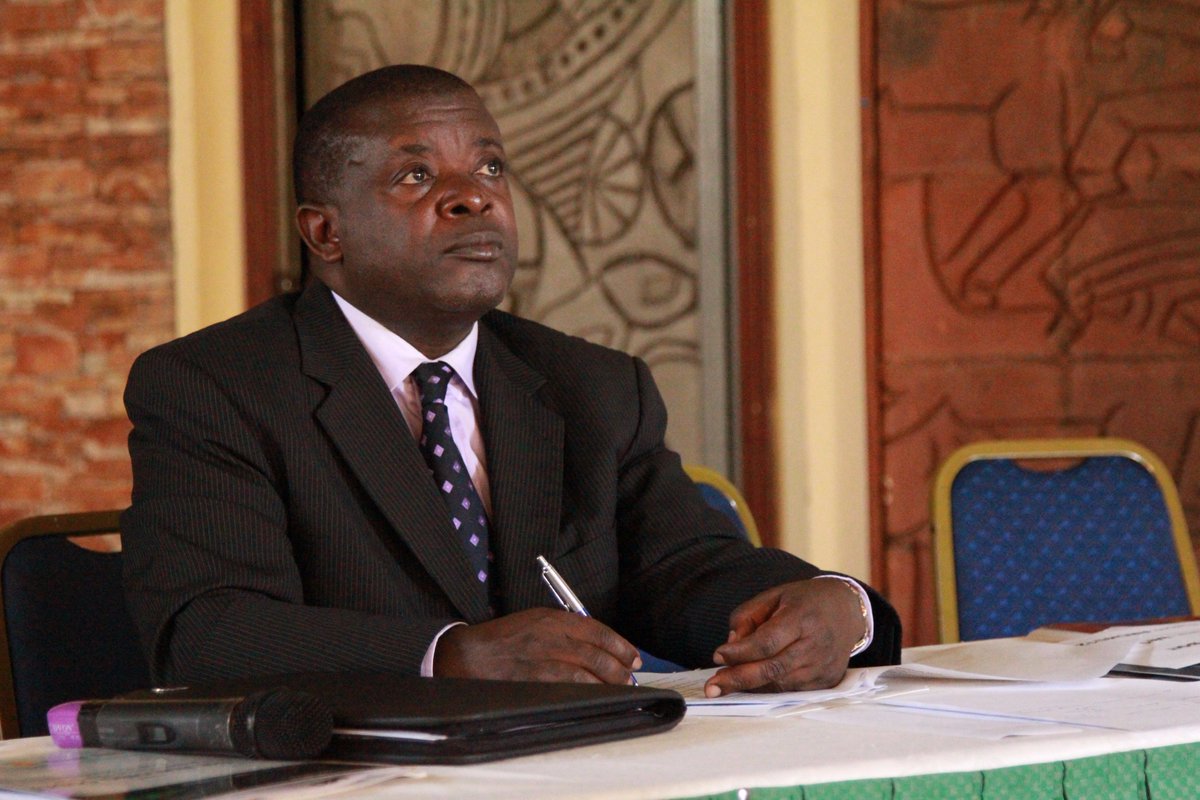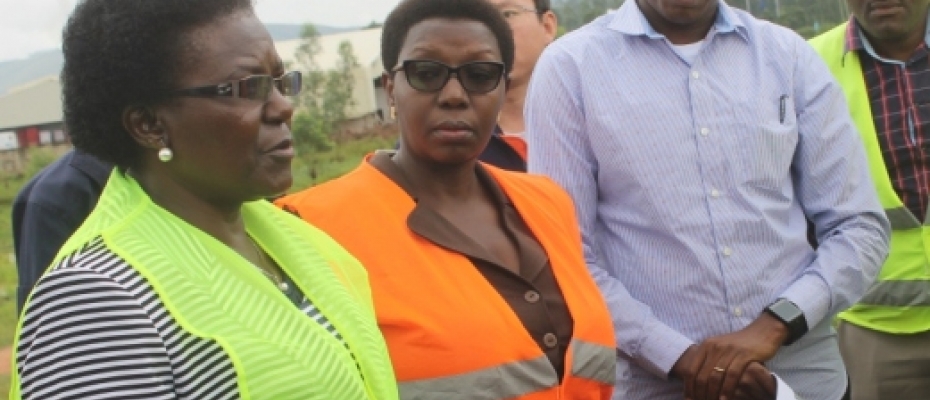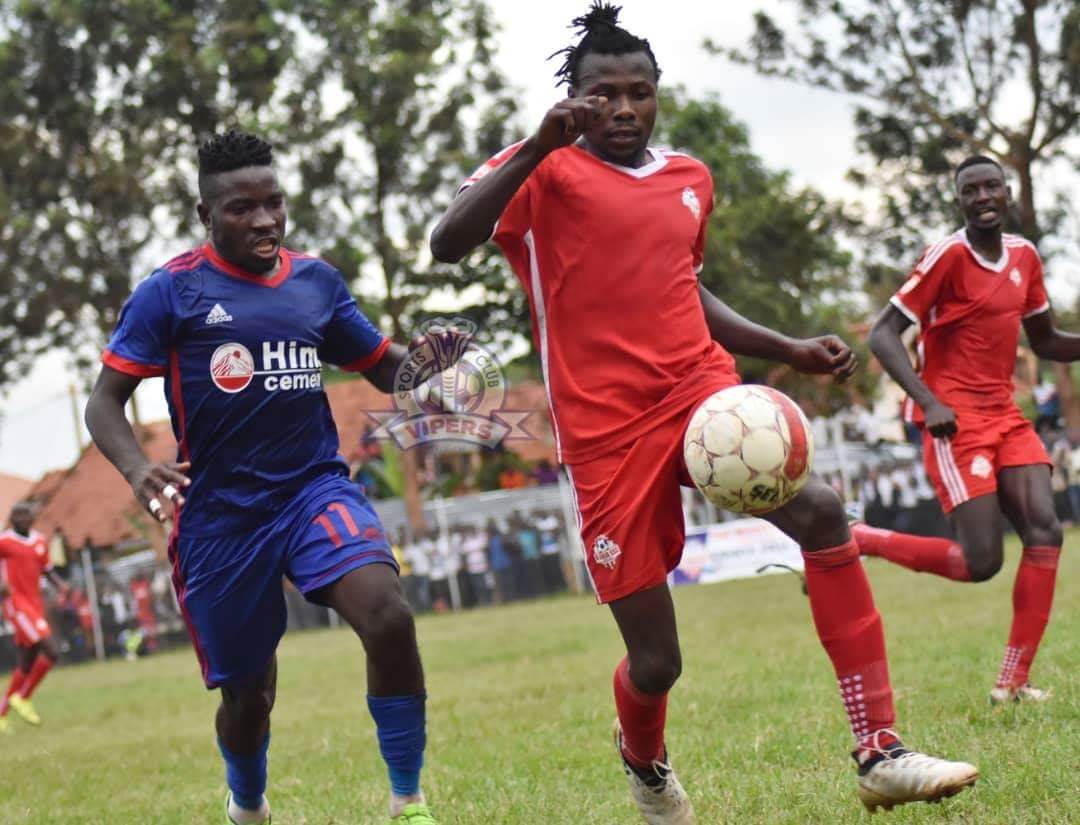
KAMPALA – At least 23 districts have been lined up to benefit from low volume road engineering, designs, and construction this financial year.
Eng. Samson Bagonza, the engineer in chief at Ministry of Works and Transport, said government has already released Shs 15 billion for the activities that will mainly benefit the northern and northeastern districts in the country.
Low volume roads are roads with traffic volumes of no more than 300 vehicles per day, have enormous impacts on economies, communication, and social interaction and that the roads comprise, at one end of the spectrum, farm-to-market roads, roads in developing countries.
Eng Bagonza while addressing engineers from across the country on October 30 at Hotel Africana during the launch of the specifications and manuals for low-cost seals on low volume roads for Uganda.
He explained that re-graveling is an unsustainable process which has resulted in the depletion of gravel resources across the country and that the use of low volume road seals has been sought as an environmentally friendly remedy to saving gravel that is disappearing very fast.
Eng Bagonza revealed that the design Manual for Low Volume Roads was originally released in draft form in 2005 and has been in use for some time and updated following feedback provided by users of the Manual.
“And this final version the manuals includes a whole new field maintenance handbook sealed roads, a series of bituminous surfacing, general specifications for low volume sealed roads, earthworks and pavement layer, it is here for you to use,” said Eng Bagonza.
The manuals and specifications lay out the basic principles of each topic, from road location and geometric design, pavement design, slope stability, and erosion control, through construction to maintenance, then refer the reader to more comprehensive treatment elsewhere.
According to Eng. Bagonza, the development of a suite of manuals for the design and maintenance of low-volume roads in Uganda was funded by DFID.
Mr. Radio Save, the private sector development officer as DFID said the construction of Low Volume Roads using specifications developed for high volume roads tends to be expensive as the use of locally available materials are restricted since they do not satisfy the requirements of the specification.
He explained that the development of design manuals for Low Volume roads has many advantages with respect to cost minimization by using locally available materials.
“And the low-cost methods of construction are used and these manuals are, thus, very important in the expansion of rural road network in a cost-effective manner in Uganda,” said Mr. Save.
Eng Monica Azuba Ntege, the minister of works and transport while launching the manual said the Manual is intended for use by roads practitioners responsible for the design, construction and maintenance of low traffic earth, gravel or paved (sealed) roads.
She explained that it is appropriate for roads which, over their design life, are required to carry an average of up to about 300 vehicles per day, and less than about 1.0 million equivalent standard axles (mesa).

She urged the engineers to make use of the manual to make low volume roads that will connect rural communities in Uganda to basic services such as education, health, administrative offices and markets throughout the year as an important requirement for their socio-economic development.
She revealed that the low cost sealing on the roads goes hand in hand with the construction of bridges using locally available resources.
She said it is expected that these manuals will be extensively used by the districts in the expansion of the rural road network as well as maintain their existing road assets.
“This manual clearly indicates that the low volume road once maintained well, it can take 10 – 15 years, these have worked well in Southern Africa. Take them and make use of them to grow the number of roads in the country,” said Eng Azuba.
The ministry named the districts benefiting from the low volume roads construction as Gulu, Apac, Agago, Nwoya, Oyam, Amuru, Kitgum, Pader, Serere, Amuria, Kumi, Lira, Alebtong, Otuke, Kole, Katakwi, Soroti, Ngora, and Bukedea







